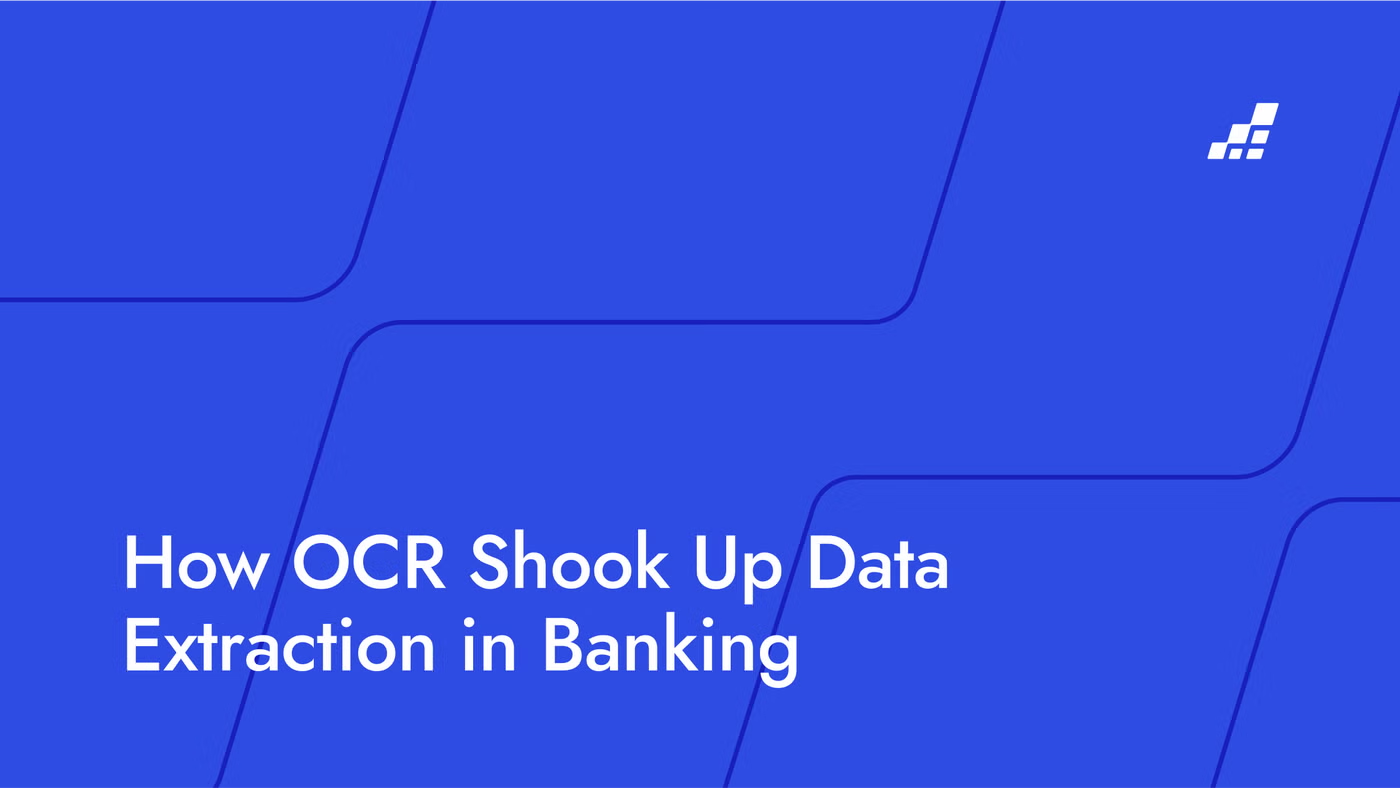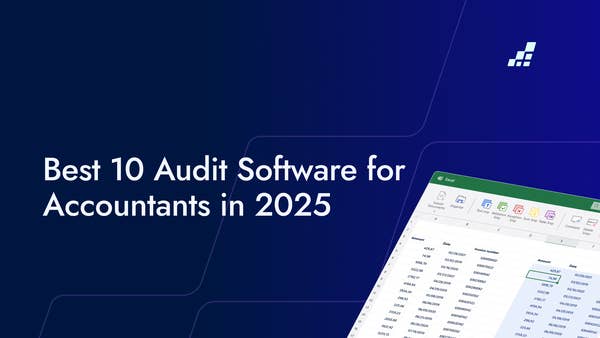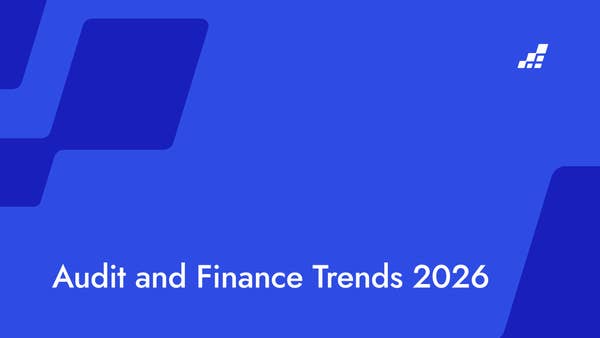- /
- Blog
How OCR Shook Up Data Extraction in Banking

The dark side of banking is extracting critical data from mountains of paperwork and digital files. It’s a high-stakes, labor-intensive process. From customer onboarding to regulatory compliance and risk assessment, banking relies on fast, accurate data to stay compliant and competitive.
For years, data extraction from forms, documents, and records has been performed manually, slowing processes down and introducing delays and errors that were costly to correct. But optical character recognition (OCR) technology has changed all this.
OCR has transformed data extraction by converting printed or handwritten text from scanned documents into editable and searchable data, reshaping how banks handle information.
Here’s a look at how OCR shook up data extraction in banking.
Fast-Tracking Client Onboarding and KYC
Onboarding new clients is often a bottleneck in banking–there’s endless paperwork to process, from ID checks to financial history. With OCR, banks can quickly scan and verify customer documents like passports, utility bills, and financial statements, making the Know Your Customer (KYC) process much faster and much smoother.
No more waiting days for verification; OCR helps banks complete this in minutes. This supersonic approach boosts client satisfaction and gives banks an edge by reducing onboarding friction.
Boosting Compliance and Cutting Risk
Regulatory compliance is a major focus in banking, and any errors in data processing can lead to heavy fines. OCR minimizes these risks by ensuring accurate and consistent data extracted from contracts, regulatory documents, and transaction records. This technology reduces human error and makes it easy to track information back to the original source–a massive help during audits.
In essence, OCR enhances banks’ compliance practices, making them more reliable and reducing the risk of non-compliance penalties.
Unlocking Real-Time Decision-Making
Banks need instant access to key data for credit approvals or loan underwriting, and OCR provides exactly that. By converting documents like credit reports and financial statements into readily usable data, OCR allows banks to make informed credit decisions quickly.
This capability is a game-changer for credit officers and risk managers who rely on accurate, real-time data to assess customer risk. The result? Faster, smarter decisions that help banks grow while maintaining a solid risk profile.
Driving Cost Savings and Efficiency
One of OCR's biggest benefits is its impact on operational costs. By cutting down on manual data entry, OCR frees staff to focus on more strategic tasks. This efficiency doesn’t just save time; it saves money, too, as banks can handle larger volumes of data without expanding their workforce.
This efficiency translates into significant savings for high-volume institutions, helping them maintain lean operations without sacrificing accuracy.
Feeding Advanced Analytics for Better Insights
OCR doesn’t just make data available; it makes data usable. By structuring data from documents, OCR enables banks to feed it directly into analytics platforms, where they can unlock valuable insights.
From predictive models that detect fraud patterns to personalization strategies for customer engagement, OCR transforms static data into actionable intelligence. This turns previously inaccessible information into a powerful tool for strategy and innovation.
Powering Seamless Digital Transformation
OCR is a crucial part of digital transformation in banking, enabling end-to-end process automation. When combined with robotic process automation (RPA) and machine learning (ML), OCR facilitates straight-through processing (STP), eliminating manual steps in data processing.
By automating the flow of data from document scanning to analysis, banks can improve productivity, boost service quality, and scale operations more effectively—helping them stay competitive in an industry that’s all about speed and accuracy.
In Summary
OCR has reshaped data handling in banking, simplifying compliance, onboarding, and credit assessment processes. By combining speed, accuracy, and efficiency, OCR has become an essential tool that helps banks meet both regulatory and customer demands.
As banks continue their digital transformation journeys, OCR’s role will only become more vital in enabling a future where data is seamlessly accessible and actionable across all areas of banking.


.png?width=600&quality=70&format=auto&crop=16%3A9)